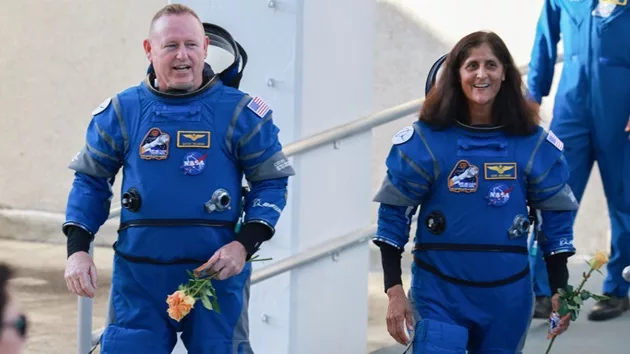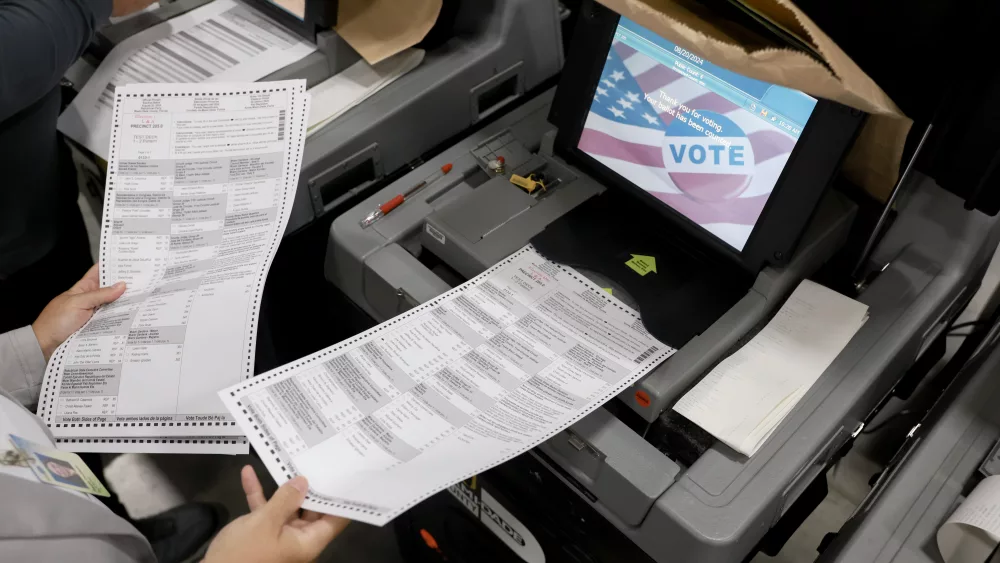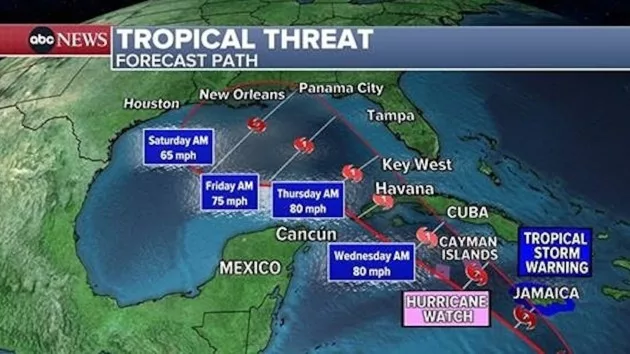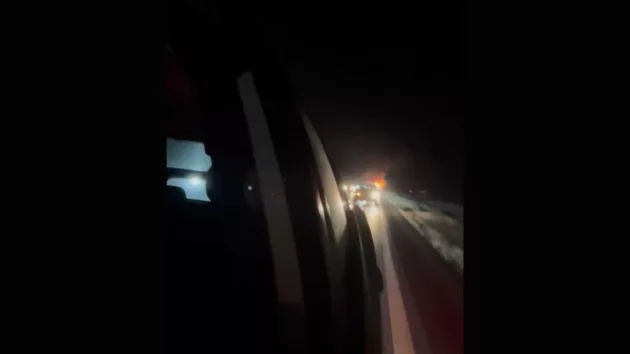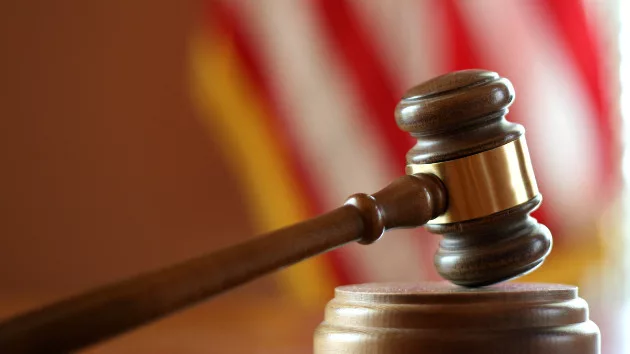(NEW YORK) — The two astronauts who went up to the International Space Station (ISS) on Boeing’s Starliner may have to come home on a different spacecraft, NASA officials said during a press conference Wednesday.
Barry “Butch” Wilmore and Sunita “Suni” Williams, who performed the first crewed test flight of Starliner, have been in space for more than 60 days. When they launched on June 5, they were only supposed to be on the ISS for about a week.
Boeing and NASA officials have been resistant to exploring the option to bringing the crew home on another method but Kenneth Bowersox, NASA’s associate administrator for space operations, said the team is considering it.
“We don’t just have to bring a crew back on Starliner for example. We can bring them back on another vehicle,” he said. “In the case that we have with the Starliner crew flight test, the option to either bring the crew home on Starliner or to bring the crew home on another vehicle, we could take either path.”
Bowersox said there is currently more “consensus” needed among the team, but they are also getting “more serious about evaluating our other options.”
Wilmore and Williams are “integrated” with the Expedition 71 crew aboard the ISS and Bowersox said that, although it’s helpful to have extra hands onboard the station, they are using up more supplies meant for the ISS crew.
Steve Stich, program manager for NASA’s Commercial Crew Program, said NASA is considering sending SpaceX’s Dragon Crew-9, set to launch to the ISS in September, with only two of the four astronauts assigned to it.
The spacecraft would carry extra spacesuits for Wilmore and Williams. However, the two would remain on the ISS until February 2025, when Crew-9 is set to return to Earth. Stich said the proposed plan has not formally been approved yet.
“Our prime option is to return Butch and Suni on Starliner. However, we have done the requisite planning to make sure we have other options open,” Stich said.
Stich added that Starliner does not currently have the ability to autonomously undock from the ISS. To do that, the Starliner software would need to be updated and the Boeing flight control team would need to undergo additional training.
In a statement to ABC News, Boeing said it was confident in Starliner’s ability to bring the astronauts home.
“[Crew Flight Test] is currently a crewed mission, and we still believe in Starliner’s capability and its flight rationale,” the statement read. “If NASA decides to change the mission, we will take the actions necessary to configure Starliner for an uncrewed return.”
Starliner is part of the largerCommercial Crew Programat NASA, which was testing if Boeing’s spacecrafts could be certified to perform routine missions to and from the ISS.
Wilmore and Williams were originally scheduled to return on June 14 but have since had their return delayed multiple times.
Starliner has been plagued by issues even before launch. The flight test was originallytentatively scheduled for May 6, but was scrubbed after a problem with an oxygen valve on a rocket from United Launch Alliance (ULA), which manufactures and operates the rockets that launch spacecraft into orbit.
A new launch date had been set for May 25, but asmall helium leak was discovered in the service module, which contains support systems and instruments for operating a spacecraft.
Helium leaks and a thruster issue then threatened to delay Starliner’s docking. Five days after docking at the ISS, NASA and Boeing said the spacecraft was experiencingfive “small” helium leaksand, at the time, said enough helium was available for the return mission.
Last month, teams at NASA’s White Sands Test Facility in New Mexico performed ground tests of Starliner’s thruster, putting it through similar conditions the spacecraft experienced on its way to the ISS, to see how it would react upon undocking.
Copyright © 2024, ABC Audio. All rights reserved.


